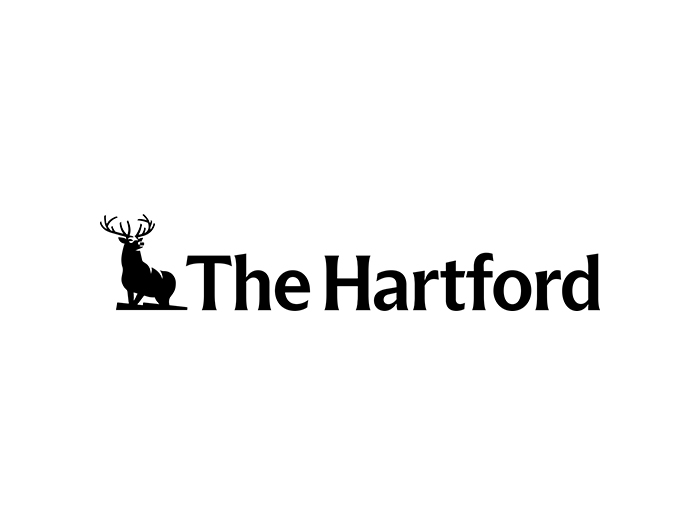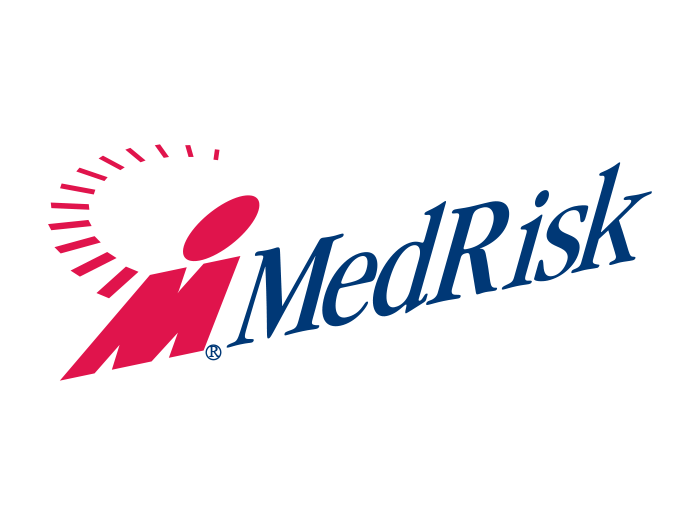Greenlight Re’s Quarterly Numbers Beg the Question: Are You Pricing Tail Risk Adequately?

For all the anxiety over surging global inflation, it has knock-on effects that are likely to be positive for risk management in general, as well as for some insurers in particular. That insight, as well as other perspectives on coverage and pricing, were notable from the quarterly earnings reported by Greenlight Re.
“Our second-quarter performance was strong,” said Simon Burton, chief executive officer. “Our underwriting combined ratio was 91.6%, a significant improvement compared to our performance the past couple of years.”
An important driving factor in that performance was the completion in January of a “major repositioning of the underwriting book,” Burton emphasized. “Although we faced some headwinds as our auto exposure has rolled off, the result this quarter more closely reflects our underwriting potential. We see the potential for further upside in underwriting performance.”
David Einhorn, chairman of the board, added, “We had a successful quarter in both underwriting and investing despite the significant headwinds facing the industry. We generated a positive investment result in the first half of the year despite the worst start for equity markets in over 50 years.”
Greenlight Re writes multiline property and casualty insurance and reinsurance through entities in the Cayman Islands and Ireland, as well as through its Lloyd’s platform, Greenlight Innovation Syndicate 3456.
The company complements its underwriting with a “non-traditional investment approach designed to achieve higher rates of return over the long term than reinsurance companies that exclusively employ more traditional investment strategies.” That approach includes the Greenlight Re Innovations unit, started in 2018. This supports technology innovators in insurance with investment, risk capacity and access to a broad insurance network.
Inflation and Other Hot Button Issues Affecting Insurance
Setting aside financial results for a moment, Burton addressed several “significant themes” that the industry is tackling. First, inflation, which he noted has some benefits in addition to the well-known difficulties.
Inflation “is a significant concern, because it can add great uncertainty to the cost of claims, particularly for classes of businesses with long pay-out tails. That creates pricing challenges for new business and valuation challenges in claims reserves.”
Burton differentiated between inflation spikes driven by supply chain disruptions that may be temporary and wage inflation that may last longer. In response, Greenlight has focused on short-tailed business.
“We estimate the payout duration of our existing reserves at around two years,” Burton said, “which is particularly short in an industry context. We have reduced our exposure to classes that are experiencing severe supply-chain driven inflation, such as auto. And we incorporate inflation assumptions in all our pricing, currently at around seven to eight percent per year.”
On the upside, Burton explained that inflation drives demand for higher coverage limits, which in turn supports pricing, “and help[s] to extend the currently favorable market conditions.”
Focusing on pricing for catastrophic losses, both natural and human-driven, Burton mentioned natural perils, cyber risk and the Russian invasion of Ukraine: “In general we have seen a reduction in available capacity industry wide, which now appears to be driving significant changes to both coverage and price.”
Although the underlying perils are alarming, Burton called the trends in coverage and price “a welcome development, since, in our opinion, the re-insurance industry overall has been neglectful in pricing tail risk.”
Greenlight Re’s Second Quarter Results
For the second quarter of 2022, gross premiums written were $134.8 million, compared to $141.6 million in the second quarter of 2021. That $6.8 million, or 4.8%, decrease relates primarily to the company’s decision to reduce its exposure to personal motor and workers’ compensation risks. Partially offsetting this reduction was growth in personal property, general liability, and financial and other specialty business, including premium generated by Innovations partners.
“We entered new retrocession agreements, primarily to reduce our exposure to large marine and energy loss events, and certain property losses,” added Neil Greenspan, chief financial officer.
In the 10-Q report filed along with the earnings release, Greenlight detailed that “our loss and loss adjustment expenses from the Russian-Ukrainian conflict relate primarily to marine, energy, political violence, and terrorism (MEPVT) policies and whole account contracts, all of which are included in our specialty book of business.”
The release continued, “We have purchased excess of loss reinsurance to reduce our net exposure relating to MEPVT exposures. As of June 30, 2022, we have not recorded any reinsurance recoveries, as the estimated losses had not impacted the excess layers. However, we may generate recoveries under the retroceded contracts if we recognize significant further MEPVT losses from the Russian-Ukrainian conflict.”
Net premiums earned were $110.2 million during the second quarter of 2022, a decrease from $132.5 million in the comparable 2021 period.
Greenlight Re recognized net underwriting income of $9.3 million in the second quarter of 2022. During the comparable 2021 period, the company recognized net underwriting income of $4.6 million. The shift in business mix to higher-margin lines of business drove the improvement, executives reiterated.
For the six months ended June 30, 2022, gross written premiums were $280.7 million for the six months ended June 30, 2022, a decrease of $30.8 million, or 9.9%, compared to the comparable 2021 period. The reasons for the year-to-date reduction were consistent with those for the second quarter.
Net premiums earned were $236.1 million for the six months ended June 30, 2022, a decrease of $31.7 million, or 11.8%, compared to the equivalent 2021 period.
Greenlight Re recognized net underwriting income for the six months ended June 30, 2022, of $1.7 million, which equates to a combined ratio of 99.3%. The underwriting gain for the equivalent 2021 period was $2.6 million, representing a combined ratio of 99.0%.
The 2022 underwriting results incorporated $13.6 million of losses related to the Russian-Ukrainian conflict and $2.8 million of losses associated with Tennessee wildfires, while the underwriting results in the equivalent 2021 period included losses from winter storm Uri and deposit-accounted contracts. &










